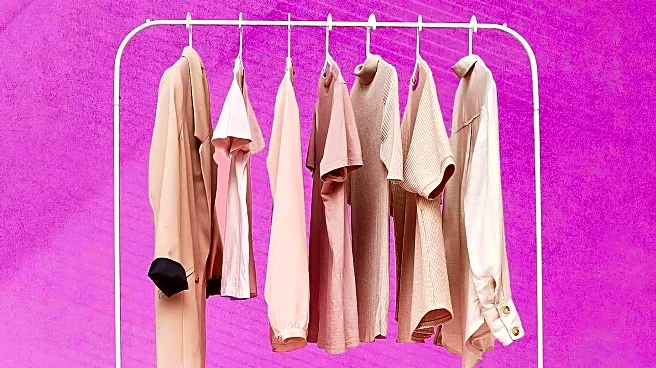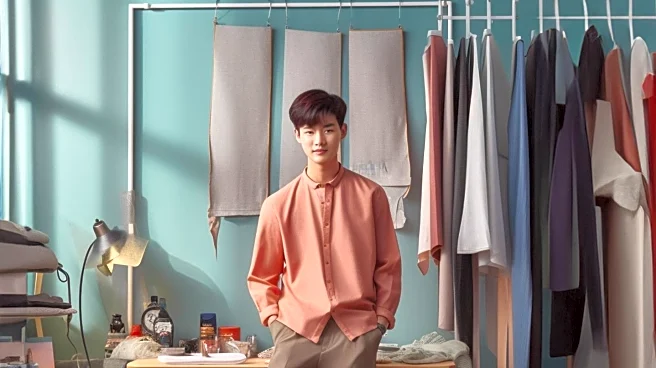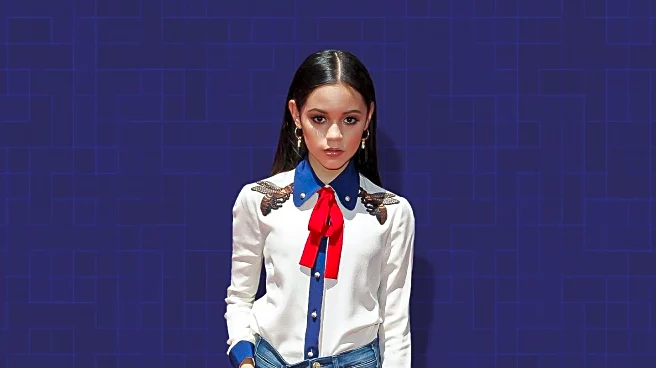What's Happening?
Zara has announced a new capsule collection designed by French fashion designer Ludovic de Saint Sernin, marking a significant step in its strategy to evolve into a 'fashion house'. This collaboration aims to blend de Saint Sernin's creative vision with
Zara's design ethos, offering a versatile range of ready-to-wear, footwear, and accessories. The collection, inspired by the cinematic energy of New York, features genderless designs that transition seamlessly from day to night, suitable for both elite and underground settings. The collaboration is part of Zara's broader initiative to influence global fashion trends, a goal emphasized since Marta Ortega became president of Inditex in April 2022.
Why It's Important?
This collaboration signifies Zara's strategic shift from a traditional clothing brand to a trend-setting 'fashion house'. By partnering with renowned designers like Ludovic de Saint Sernin, Zara is positioning itself as a key player in the global fashion industry, capable of shaping contemporary style. This move could enhance Zara's brand prestige and attract a broader, fashion-forward audience. The collection's genderless and versatile designs reflect current consumer preferences for inclusivity and adaptability, potentially increasing Zara's market share and influence in the fashion sector.
What's Next?
The collection will be available starting November 17, 2025, on Zara's official website and select stores worldwide. A campaign video directed by Gordon von Steiner will accompany the launch, featuring Ludovic de Saint Sernin and models Alex Consani and Amelia Gray. This rollout is expected to generate significant consumer interest and media coverage, further solidifying Zara's position as a fashion innovator. The success of this collection could lead to more high-profile collaborations, expanding Zara's influence and setting new trends in the fashion industry.
Beyond the Headlines
The collaboration highlights the growing trend of fashion brands embracing genderless designs, reflecting broader societal shifts towards inclusivity and diversity. This approach not only caters to evolving consumer preferences but also challenges traditional fashion norms, potentially influencing other brands to adopt similar strategies. Additionally, the focus on high-quality materials and craftsmanship underscores a shift towards sustainable and ethical fashion practices, aligning with increasing consumer demand for responsible production.













